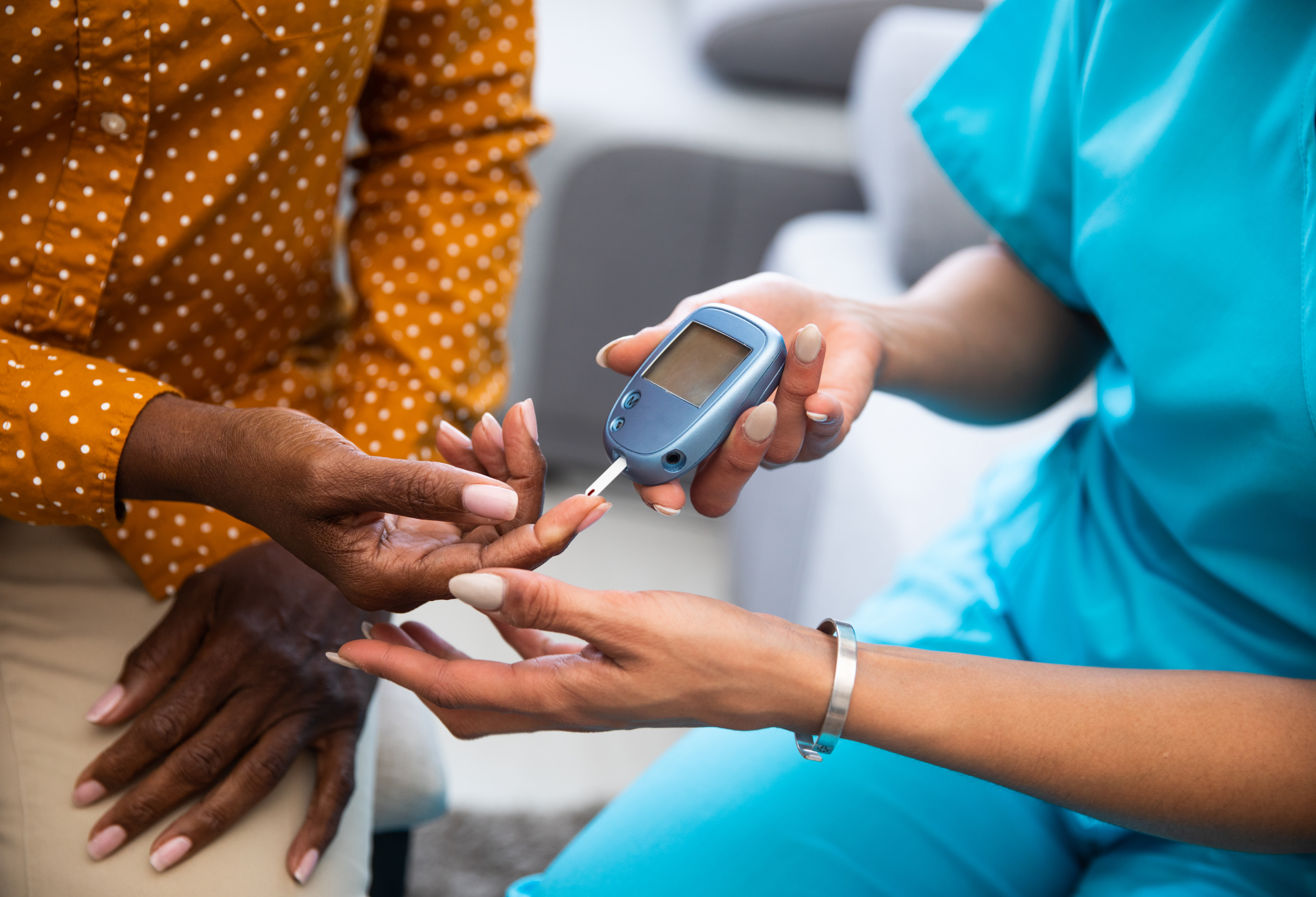Diabetes is an epidemic that drives a significant amount of medical cost. Eleven percent of the United States’ population has diabetes and about 1 in 4 healthcare dollars are spent on people diagnosed with diabetes.1-2 These expenses come mostly from hospitalization and medications used to treat diabetes complications. In the last seven years, there has been a 26% increase in plan cost for diabetes due to an increase in the number of people diagnosed and shifting drug cost to higher cost products. With this increase in cost, there has also been improved efficacy compared to earlier therapies.3
Along with rising diagnosis and increasing cost of diabetes management, annual guidelines for diabetes care received a significant update to language surrounding first-line therapy. Annually, the American Diabetes Association (ADA) updates the Standards of Medical Care. Historically, generic metformin was the first-line agent for diabetes. However, in the 2022 update, generic first-line metformin could be bypassed for branded drug classes: GLP-1 RA (Ozempic®, Trulicity®, Victoza®) and SGLT-2 inhibitors (Jardiance®, Farxiga®). Data supported use of GLP-1 RA and SGLT-2 inhibitors sooner in therapy due to ability to reduce cardiovascular events, slow progression of kidney disease and prevent death.3 Based on the 2022 update, Elixir expects to see gradual increases in drug spend related to increased utilization of GLP-1 RA and SGLT-2 inhibitors.4
Current Diabetes Drug Spend and Trends
Over the last 10 years, the drug market has become more crowded with new drug entrants in the diabetes space. For 2021, antidiabetic drug use remained one of the largest contributors to drug costs across all lines of business at Elixir. As the number of individuals diagnosed with diabetes continues to increase, so does the utilization of branded antidiabetic medications such as insulins, GLP-1 RA and SGLT-2 inhibitors. These classes are consistently trending in the top 10 classes of non-specialty spend, with no generic due to launch anytime soon. Furthermore, these drug classes have an added benefit of weight loss.
Diabetes disease management usually requires multiple drugs for blood glucose control. Obesity is seen in 89.8% of diabetes diagnosis and we know that weight loss improves blood glucose control and could delay long-term complications of diabetes, like heart attack or stroke. 5
With the continuously changing landscape in guidelines and new indications, we are being challenged to balance a client’s plan cost while maintaining a high level of clinical efficacy. As we enter the new year, we have crafted solutions that will assist our clients in the management of this dynamic class.
Elixir’s Commercial Solutions:
In addition to using our highest managed drug list with the most opportunity for savings, Elixir also uses the following commercial formulary strategies to keep diabetes spend in check as we continue to see an increased number of diagnoses and utilization of multi-drug regimens:
- GLP-1 Prior Authorization requirement to ensure appropriate utilization
- Avoid off-label utilization for weight loss in members that do not have Type 2 Diabetes Mellitus diagnosis
- Utilization of preferred products that have FDA approved cardiovascular (CV) benefit in a member population that is at increased risk for CV event or death
- Step or exclusions applied to crowded market baskets of highly utilized branded products
- Driving utilization to preferred products
- Short-acting insulin analogues (Novolog®, Humalog ®, Apidra®)
- Long-acting insulin analogues (Lantus®, Toujeo®, Tresiba®, and Levemir®)
- SGLT-2 (Jardiance®, Farxiga®)
- DPP4 (Januvia®)
- Preferred blood glucose test strips with free glucometer access
- Continuous glucose monitor
- Evaluation of biosimilar and interchangeable insulins for better member and client value
- Safeguarding utilization of products that are deemed non-essential for diabetes management due to high cost without additional clinical benefit to more cost-effective generics.
- Driving utilization to preferred products
Example of Step Therapy Solutions for Diabetes Management:
Client “ELX,” a 9,000 life employer group, implemented the diabetes step therapy edits on July 1, 2022.
After just three months, the client realized:
- 50% decrease in non-preferred product utilization
- 7% increase in overall formulary compliance
- Savings $1.11 PMPM
- Member lower cost share, which helps increase medication adherence
- Zero member grievances
Elixir’s member-first approach to formulary changes includes automated outbound calls to members beginning three weeks prior to the medication change, informing them of the change and offering the ability to speak to a customer service agent. Elixir implements pop-up messaging 60 days prior to the change to allow our agents to inform members of upcoming changes to any of their current medications.
Elixir continues to evaluate the drug pipeline for new treatment opportunities, along with trend management of existing strategies to provide best-in-class diabetes management. By promoting appropriate use of diabetic medications, assisting the member in the transition and managing these high-cost drug classes strategically, Elixir has put their members and clients in a position to achieve whole health for life.
References:
- National Diabetes Statistic Report. https://www.cdc.gov/diabetes/data/statistics-report/index.html Accessed 10/21/2022.
- Diabetes is costly. https://www.cdc.gov/diabetes/prevention/how-type2-affects-workforce.htm Accessed 10/20/2022.
- The cost of Diabetes https://diabetes.org/about-us/statistics/cost-diabetes. Accessed 10/20/2022.
- Standards of Medical Care in Diabetes- 2022 Abridged for Primary Care Providers. Clin Diabetes2022;40(1):10–38 https://doi.org/10.2337/cd22-as01
- Risk Factors for Diabetes-Related Complications https://www.cdc.gov/diabetes/data/statistics-report/risks-complications.html Accessed 10/20/2022.
Key:
DPP-4: Dipeptidyl Peptidase 4 (DPP-4) Inhibitor
GLP-1 RA: Glucagon like peptide-1 receptor agonist
SGLT-2: sodium-glucose Cotransporter-2

